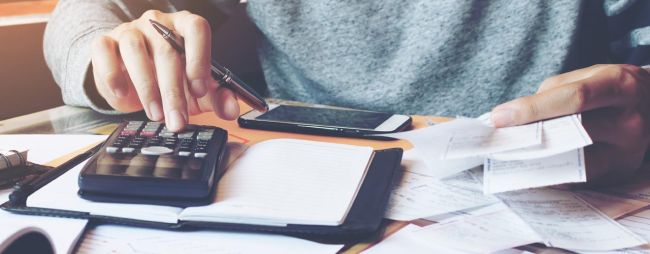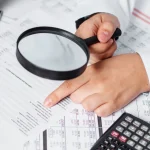To be accepted as proof of an expense, a “receipt” must include the following information:
- Name of the Payee (who received the money)
- Date of the expense
- Amount of the expense
- Description of items or services purchased
For an expense to be deductible on a business tax return, it must also reference the purpose or nature of the expense. The explanation must connect the benefit received to the business activity. Although, the IRS rule is that only deductions in excess of $75 require bona fide receipts, it is better to establish a practice of requiring receipts for all expenses to minimize the opportunity for misappropriation of company funds and to avoid the impression of loose fiscal control when subjected to an audit or due diligence.
A cancelled check may provide all of the needed information, if you have written the description and business purpose on the memo line.
A receipt for payment will have the vendor, amount, date, and description, but it may or may not state the purpose of the expense.
A bill or invoice from the vendor usually includes the nature of the expense, but it must be accompanied by proof that the bill was paid. A bill from the vendor, together with a cancelled check or a receipt for payment, does, however, fully substantiate the transaction.
Similarly, a bank or credit card statement is not complete proof. It gives the date, amount, and vendor, but does not have any description or explain the nature of the expense. Such a statement is only acceptable if you have kept a separate record of each expense which includes the description and purpose of the expense.
Meals and entertainment are a particular focus of any audit. In these cases, the receipt must be accompanied by an explanation of who attended (name and company) and the business nature of the meal or entertainment.
The IRS recommends keeping a log of expenses to support your other documentation.







